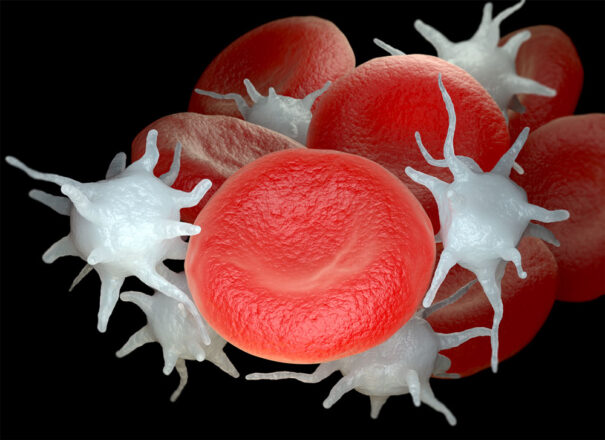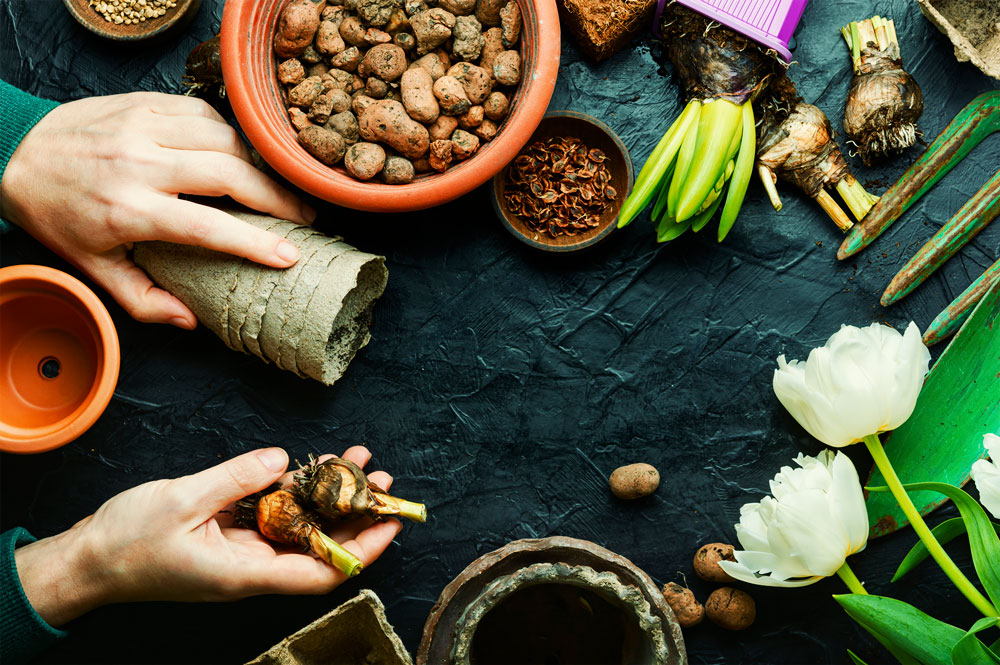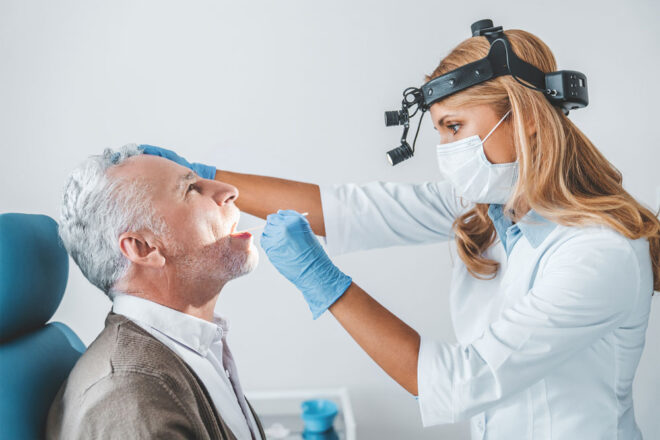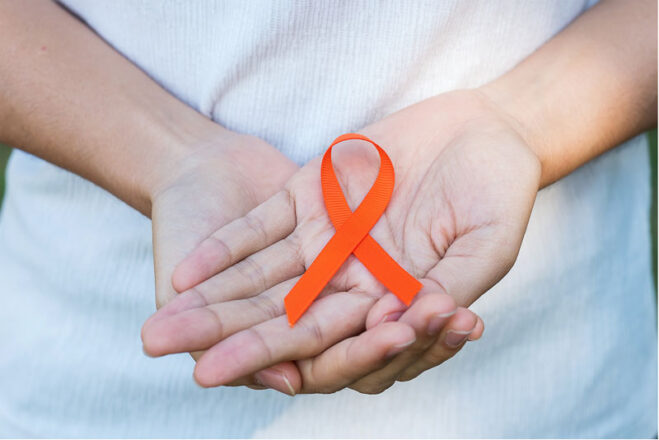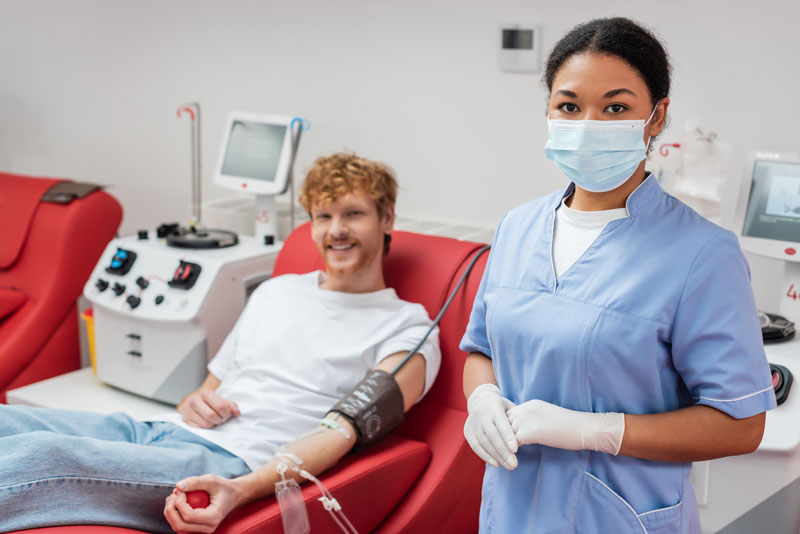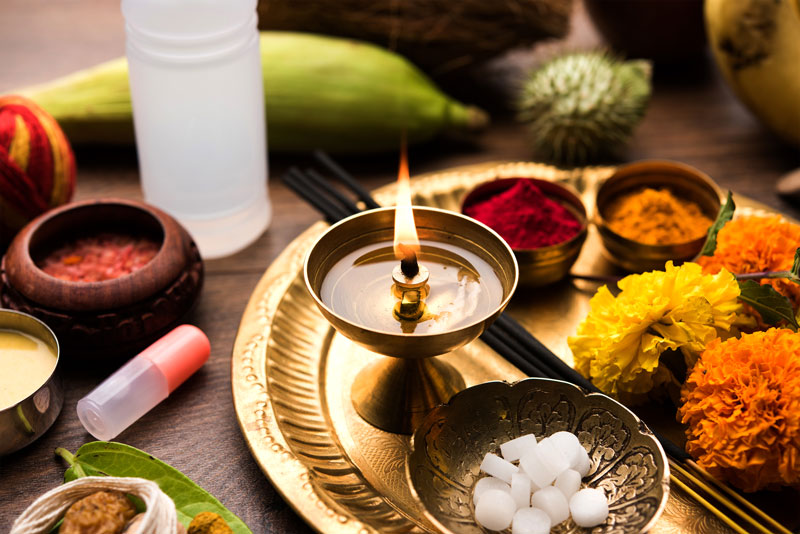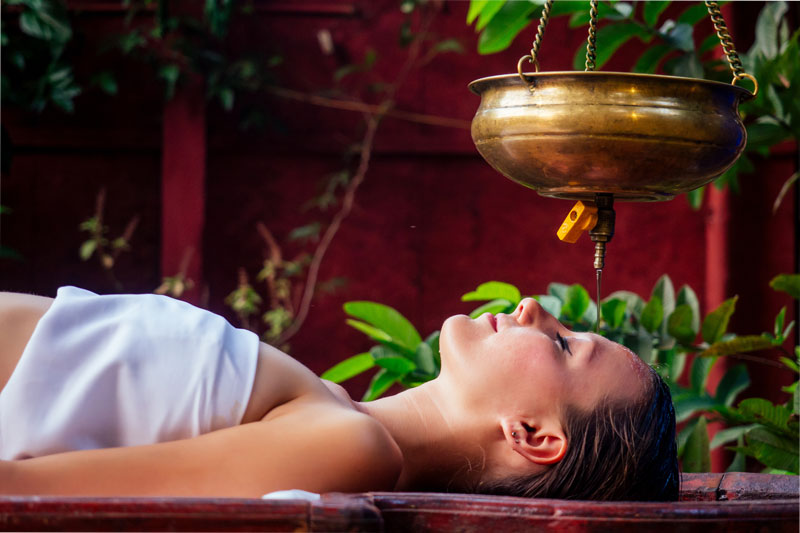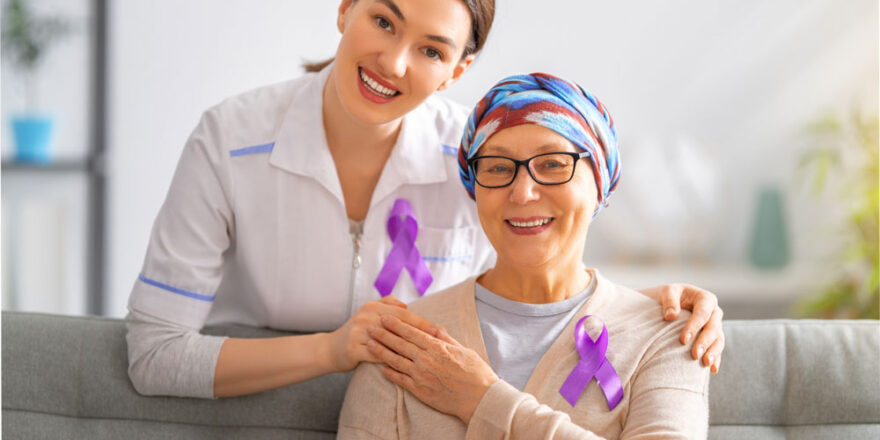Ayurveda is a traditional and holistic system of medicine that has originated in India 5000 years ago. It is well known fact that Ayurveda is derived from two words firstly from “Ayur” that means life and second from “Veda” which means knowledge or science. So popularly Ayurveda is called “Science of Life” or “Art of Healthy and Harmonious Living”.
Ayurveda strongly believes and preaches that physical and mental health of an individual relies on balance and harmony of three doshas. These three doshas are:
1) Vata Dosha (Akasha and Vayu): Vata Dosha largely governs movement and communication related function in the body.
2) Pitta (Jala and Agni): Pitta Dosha largely governs metabolism and transformation in the body.
3) Kapha (Jala and Agni): Kapha dosha largely governs structure and stability in the body.
A state of balance and harmony between the doshas is essential for physical and mental well-being of an individual. Below is mentioned some important aspect of ‘Best Cancer Treatment in Ayurveda’:
1) Ayurvedic Cancer Treatment
As described above it is a well-known fact that like other diseases ‘Cancer’ is also caused by accumulation of Dustha or vitiated doshas. So for amelioration and treatment of cancer it is important to treat dustha or vitiated doshas. In Ayurveda two different treatment modalities are mentioned: 1) Shodhana. 2) Shamana.
a) Shodhana Chikitsa: Shodhana Chikitsa is one of the most important treatment modality in the treatment of Cancer. Through Shodhana Chikitsa vitiated or excess dustha doshas and ama (undigested food material) is removed from the body.
Shodhana Chikitsa boost overall health and well-being of cancer patients. It also boosts Agni and so proves beneficial in Cancer Patients. If bala or strength of the cancer patient is best or uttam and there is no contraindications then Shodhana Chikitsa can be given.
b) Shamana Chikitsa: Shamana Chikitsa is also called pacifying therapy in Ayurveda, and is simpler and less severe than Shodhana Chikitsa. Shamana Chikitsa mostly involves different treatment modalities that help to reduce imbalance in the doshas and boost Agni so by proving beneficial in cancer patients.
Shamana Chikitsa mostly involves oral medications and local applications that is easier to administer and proves beneficial in cancer patients. Shamana Chikitsa focuses on different aspect of cancer patients like Dipana, Pachana etc,
2) Herbal Cancer Therapy / Natural Cancer Remedies / Ayurvedic Medicine for Cancer / Ayurvedic Herbs for Cancer
Herbal Cancer Therapy or Natural Cancer Remedies as mentioned in Ayurveda helps to ameliorate symptoms of cancer and improve overall quality of life of the patient. Herbal Cancer Therapy or Natural Cancer Remedies helps the cancer patients to deal with various other comorbidities and improve standard of living of the patients. Vast number of Ayurvedic medicinal herbs is mentioned that helps in different types of cancer, such herbs are mentioned further:
a) Turmeric/Haldi (Curcuma Longa): Turmeric is a well-known for its potent anti-inflammatory and antioxidant effects. Turmeric (Curcuma longa) inhibits the growth of the cancer cells through its anti-inflammatory effects and anti-oxidant effects. Turmeric also helps to enhance to efficacy of chemotherapeutic drugs and so proves beneficial in cancer patients. The active principle or ingredients of turmeric is Curcumin.

b) Tulsi/Holy Basil (Ocimum sanctum): Tulsi is a holy and revered herb that is mentioned in Ayurveda which proves most beneficial in cancer patients. Tulsi (Ocimum sanctum) has antioxidant, anti-inflammatory, and immuno-modulatory effects. Tulsi/Holy Basil (Ocimum sanctum) helps to reduce the side-effects of chemotherapeutic drugs and improve overall health of Cancer patients.
c) Amalaki (Emblica officinalis): Emblica officinalis or Amalaki is rich in Vitamin C and very potent anti-oxidant that proves beneficial in cancer patients. Amalaki (Emblica officinalis) helps to boost immunity, and is a good anti-inflammatory herb. It helps to promote and improve overall health of cancer patients.
Other known beneficial Ayurvedic Herbs in cancer patients Guduchi is (Tinospora cordifolia), Neem (Azadirachta indica), Shatavari (Asparagus racemosus), Punarnava (Boerhavia diffusa) etc.
3) Ayurvedic Approaches to Cancer / How Ayurveda Approaches Toward Cancer
As we all know ‘Is Cancer mentioned in Ayurveda or not?’ or ‘Cancer can be called Arbuda or not?’, the following debate has been going since many decades with advent of Allopathy Science. Many eminent and accomplished Ayurvedic experts have and had a varying and contrasting views spiralling around the above mentioned ‘million dollar’ questions, some agreeing to the views that indeed Cancer is mentioned in Ayurveda and is mentioned as ‘Arbuda’, and some not agreeing to the same as ‘Cancer’ cannot be called ‘Arbuda’ as a small chapter has been dedicated to same for a Maharoga like Cancer which is definitely fatal if not treated at an earlier stages.

In accordance to my personal opinion and different references mentioned in Samhitas, I would like to state that we can definitely define ‘Arbuda’ as ‘Cancer’. But not all types of ‘Cancer’ can be called ‘Arbuda’. It is that specific composition of dustha doshas and medha dhatu which is mentioned in ‘Samprapti of Arbuda’, and when the same affects different dhatus (Rakhtadi) and avyav (Organs) can lead different forms of Cancers, and not all can be categorized as Arbuda as it is specifically mentioned that it affects Mansha dhatu only.
4) Ayurvedic Cancer Clinics / Ayurvedic Cancer Hospitals
“Cancer In Ayurveda” is well recognized and is one of the best Ayurvedic Cancer Clinic or Hospital. “Cancer In Ayurveda” offers holistic approach toward the Ayurvedic treatment and management of cancer, and focuses on integration of Ayurvedic principles in successful cancer treatment and management. “Cancer In Ayurveda” Hospital or Clinic focuses on Panchakarma Therapies, Ayurvedic Herbal Remedies, and different lifestyle and dietary management.
Certain key features of “Cancer In Ayurveda” Hospital or Clinic is elucidated further:
a) Team of Expert Ayurvedic Cancer Practioners: “Cancer In Ayurveda” Hospital or Clinic is leaded by Expert Ayurvedic Practioners who specializes and are dedicated toward successful and efficient management of Cancer. Ayurvedic Cancer Practioners at “Cancer In Ayurveda” Hospital or Clinic imbibes true and dedicated in-depth principles of Ayurveda and implement the same in the successful Ayurvedic management of Cancer.
b) Customized treatment plan for Ayurvedic Management of Cancer: At “Cancer In Ayurveda” Hospital or Clinic a customized treatment plan for Cancer patients is formulated and based on the stage and histological subtype of the cancer. Cancer patients overall general mental and physical health is also taken into consideration including his innate doshic constitution or Prakriti. Based on the above mentioned factors a holistic treatment plan is charted out for cancer patients.
c) Focusing on Quality of Life: “Cancer In Ayurveda” Hospital or Clinic has a dedicated team of doctors and clinical staff that helps cancer patients in managing symptoms of cancer and different side-effects that has arose due to different treatment administered for cancer. Team ‘Cancer In Ayurveda’ helps in supporting mental and emotional well-being of cancer patients through different therapies like yoga, pranayama, dhyana, meditation etc.
d) Different Herbal Formulations and Therapies: At “Cancer In Ayurveda” Hospital or Clinic different Ayurvedic formulations with potent anti-cancer properties is prescribed. Through different herbal formulations immunity is boosted and cancer growth is inhibited.
Kindly contact Team “Cancer In Ayurveda” for successful Ayurvedic Treatment of Cancer.


